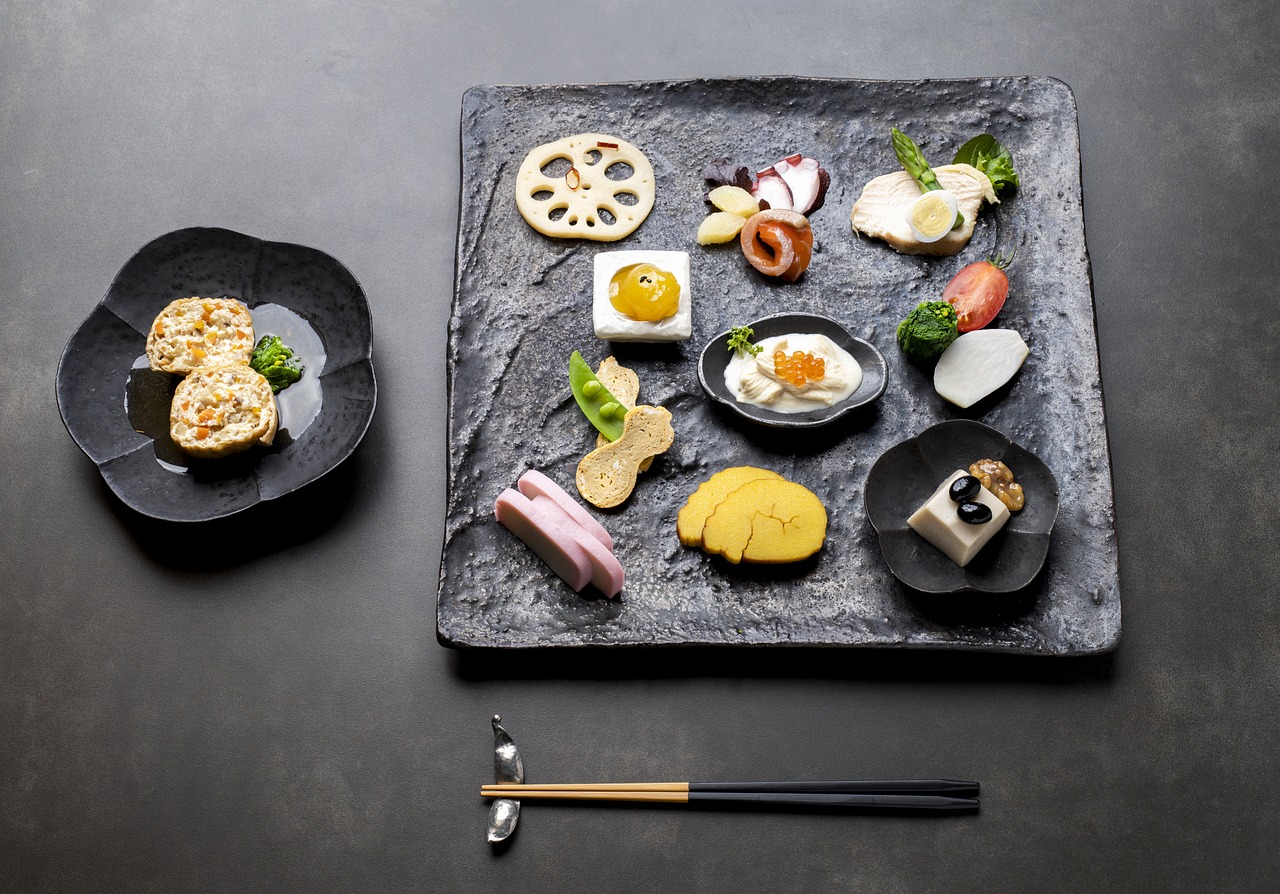Tasting food and describing its flavor is an important part of Japanese cuisine. Japanese people have a sophisticated palate and a rich vocabulary for describing flavors. In this blog post, I’ll cover the basics of taste expressions in Japanese, more advanced expressions, and some special tastes unique to Japanese cuisine.
Basic Taste Expressions
The basic taste expressions in Japanese are:
- 甘い (amai) – sweet
- 辛い (karai) – spicy, hot
- 苦い (nigai) – bitter
- 酸っぱい (suppai) – sour
- 塩辛い (shiokarai) – salty
These are the most commonly used expressions to describe taste in Japanese. They are straightforward and easy to remember.
Advanced Taste Expressions
Japanese has a rich vocabulary for describing taste, and there are many advanced expressions to choose from. Here are a few examples:
- まろやかな味 (maroyaka na aji) – mild flavor
- 渋みがある (shibumi ga aru) – has astringency
- 香りが高い (kaori ga takai) – highly aromatic
- 旨味がある (umami ga aru) – has umami flavor
- コクがある (koku ga aru) – has richness
These expressions are more nuanced and can help you describe the taste of food more precisely. Some expressions have cultural connotations as well. For example, umami is a taste that is often associated with Japanese cuisine.
Special Taste Expressions
Japanese cuisine has many unique tastes that are not found in other cuisines. Here are a few examples:
- 和える (aeru) – mixed with dressing
- ねばねばする (nebaneba suru) – slimy texture
- とろける (torokeru) – melts in your mouth
- あっさりした味 (assari shita aji) – light taste
- モチモチする (mochimochi suru) – chewy texture
These expressions are specific to Japanese cuisine and can help you describe the taste and texture of Japanese dishes. For example, nebaneba suru is used to describe the slimy texture of natto, a traditional Japanese dish made from fermented soybeans.
In conclusion, Japanese cuisine has a rich vocabulary for describing taste, and there are many expressions to choose from. Knowing these expressions can help you appreciate Japanese cuisine and describe its flavor more precisely.



コメント